Canada, often pegged as the quiet resource giant, is crafting policies, technologies, and investments that are reshaping how the world thinks about power. From nuclear innovation to critical minerals, grid modernization, and community-based renewables, the country’s influence extends far beyond its borders. Here are 19 surprising ways Canada is shaping the future of energy.
Small Modular Reactors (SMRs)

Ontario’s Darlington site is leading the construction of North America’s first small modular reactor, marking a shift toward compact nuclear innovation. These reactors promise lower costs, shorter build times, and safer operation compared to traditional facilities. Canada’s commitment to SMR development positions it as a technology exporter rather than just an energy user. With global interest from Europe and Asia, this initiative could create new export markets for Canadian engineering and nuclear design expertise. It reflects a broader national goal: to blend clean baseload power with cutting-edge technology, reducing emissions while strengthening energy reliability for decades to come.
Critical Minerals and Battery Supply Chains
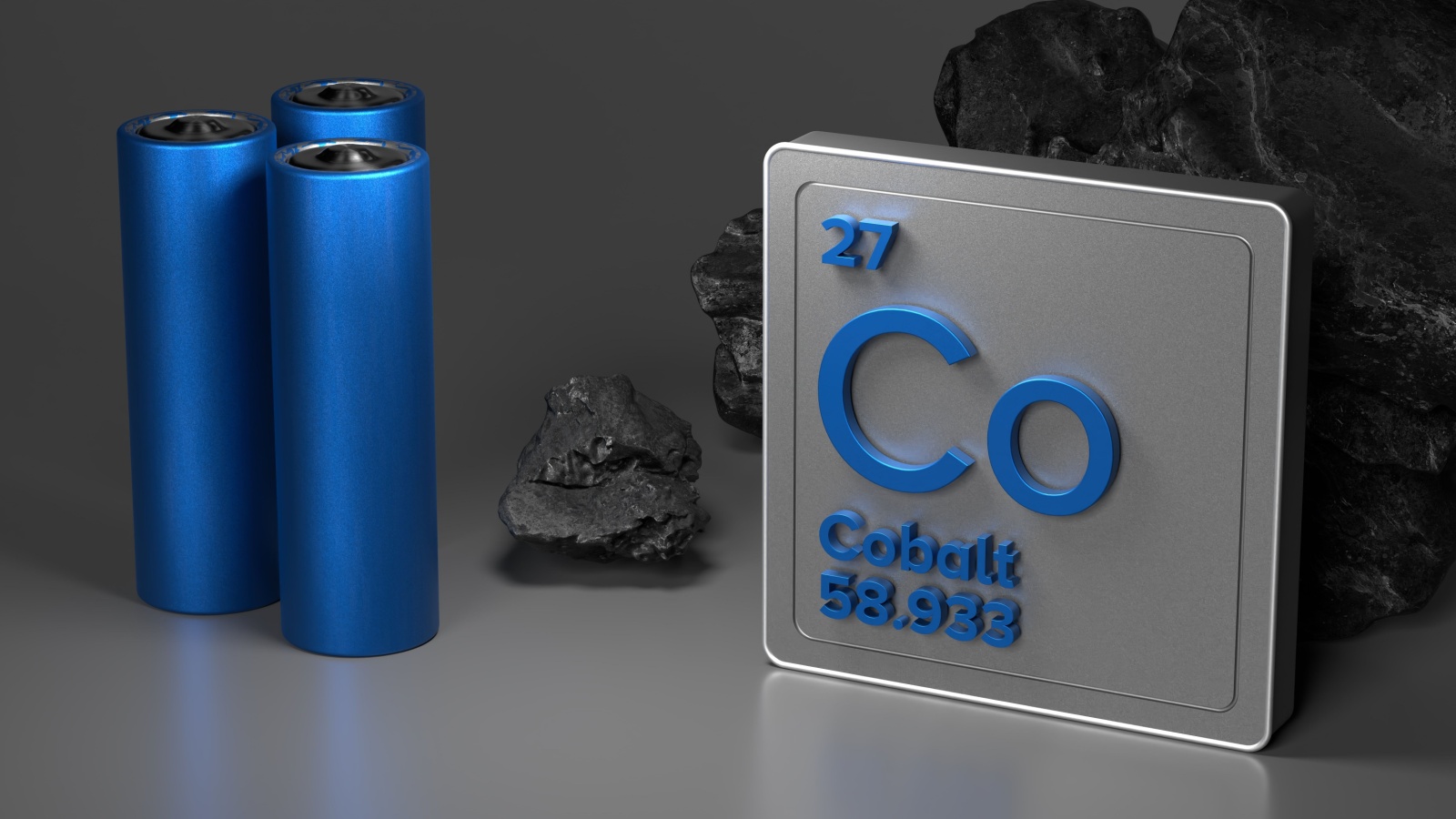
The government has accelerated over six billion dollars in critical mineral projects covering graphite, nickel, and rare earth elements. These resources are essential for batteries, wind turbines, and electric vehicles. By expanding domestic mining and refining capacity, Canada reduces dependence on unstable international suppliers and attracts automakers building North American battery hubs. The approach blends environmental oversight with strategic economic policy. Instead of simply exporting raw materials, the goal is to refine, process, and build manufacturing ecosystems around them, giving Canada a permanent role in the global clean-technology supply chain as demand for electrification explodes worldwide.
Investment Climate for Green Energy
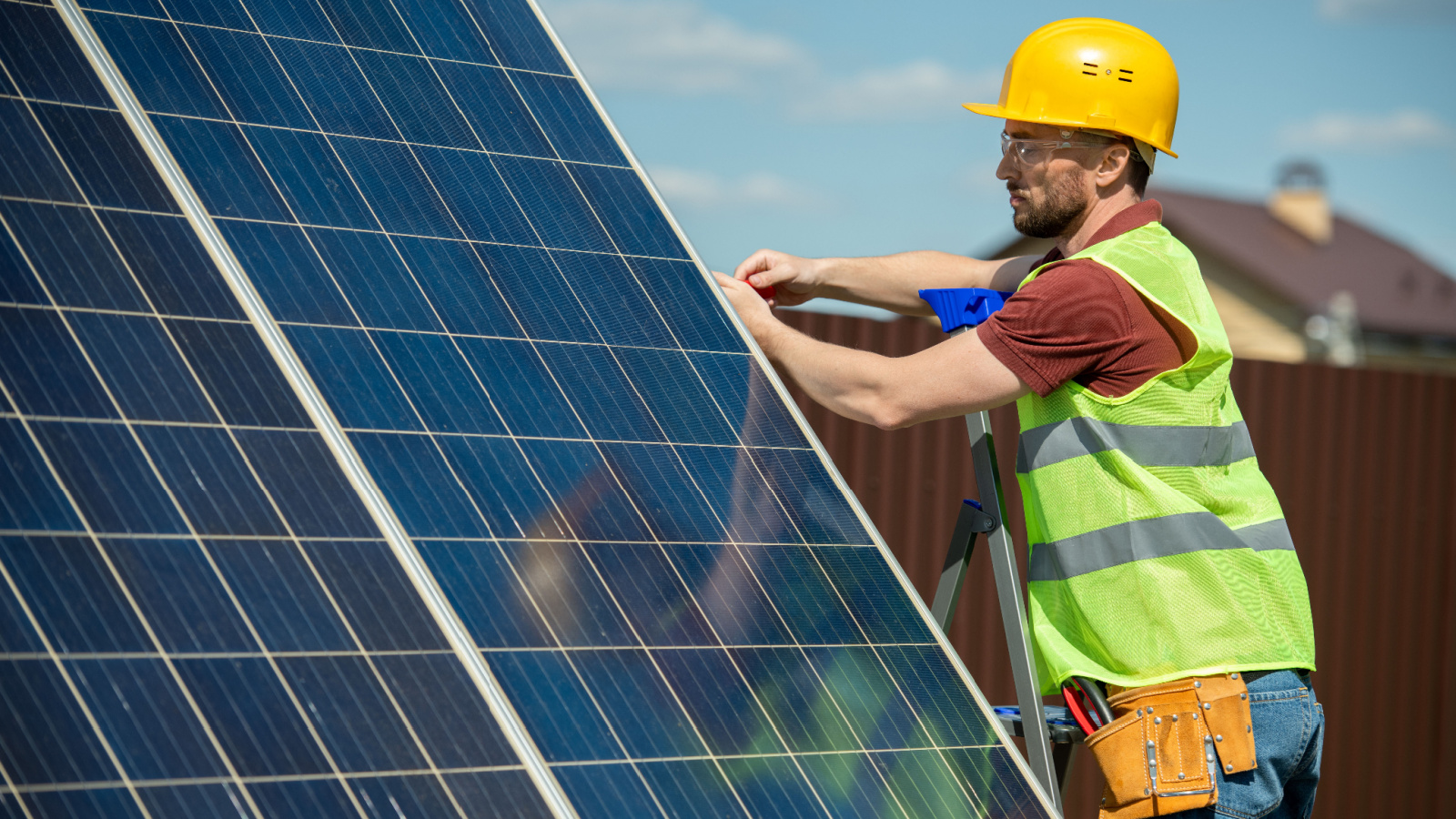
Stable regulations and attractive incentives have turned Canada into a magnet for renewable investment. Green-energy assets here are projected to gain over 50 percent in lifetime value, thanks to favorable financing frameworks and predictable policy support. That stability lures global investors who prefer reliability over volatility. It also speeds up technology adoption, from solar farms in Alberta to wind projects in Nova Scotia. Consistent rules matter more than headlines: they help projects reach completion and deliver returns. By offering a trustworthy investment environment, Canada effectively shapes the global renewable market’s confidence and cost-reduction trajectory long-term.
Modernizing the National Grid

Aging grids can’t handle twenty-first-century power flows, so Canada is investing in modernization and storage integration. Smart-grid technology, battery systems, and predictive maintenance are being implemented across provinces to balance renewable variability. Conferences like Electricity Transformation Canada 2025 have emphasized digital solutions that improve reliability and resilience. Upgrading grid flexibility allows more clean energy to flow without blackouts or curtailment. This large-scale modernization is not just domestic improvement; it provides a template for nations managing distributed generation. By making its grid smarter, Canada strengthens both its domestic supply and its global credibility as a resilient-energy innovator.
Hydroelectric Strength as Clean Backbone
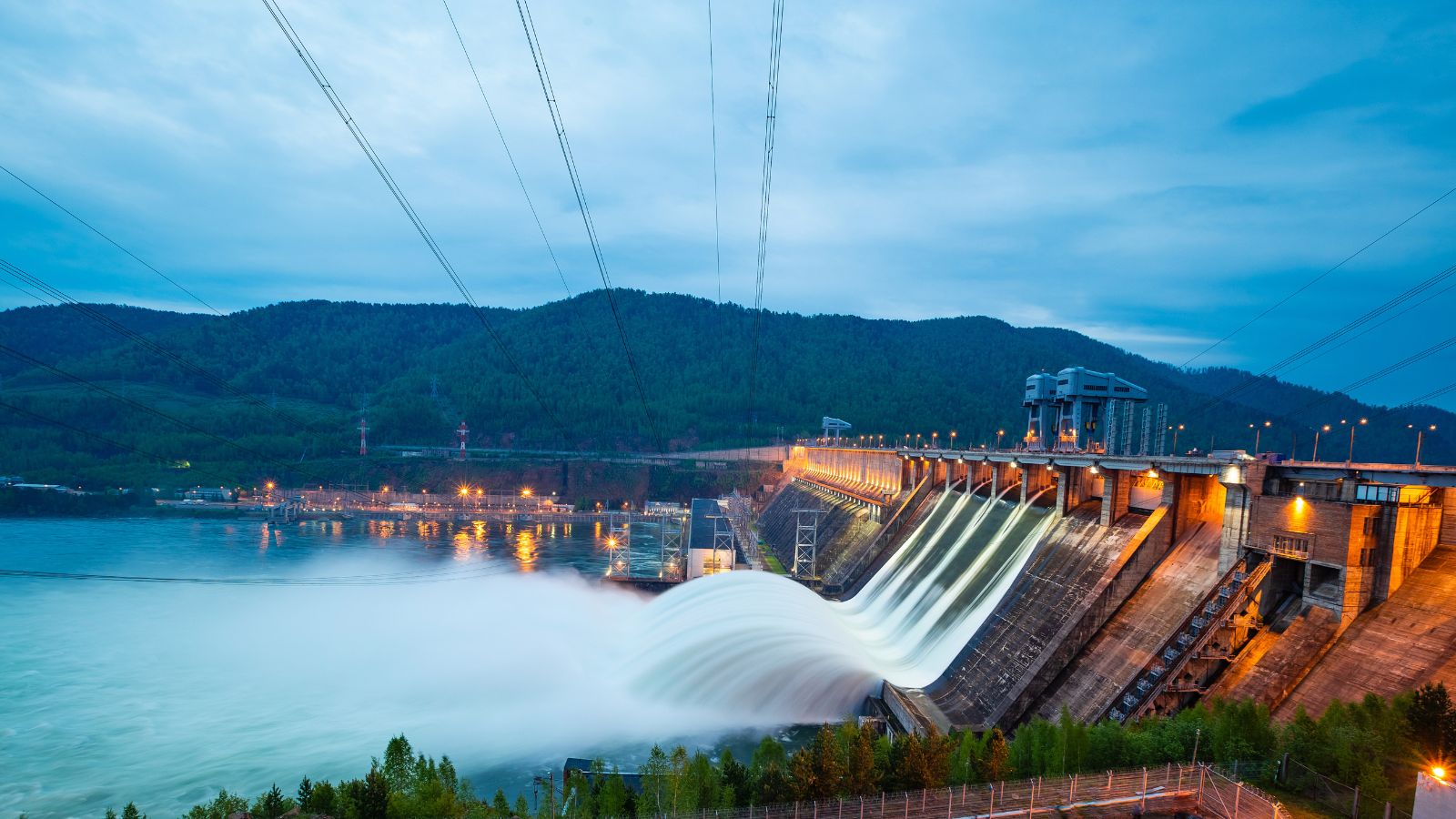
Hydropower supplies roughly two-thirds of Canada’s electricity, giving it one of the world’s cleanest power mixes. Now provinces are using hydro reservoirs for flexible balancing, energy exports, and hydrogen production. Long-term projects in Quebec, British Columbia, and Manitoba are expanding cross-border transmission links to the United States. This positions Canadian hydro as a stabilizing force for North America’s renewable grid. Beyond exporting electrons, the strategy exports reliability, something many regions struggle to guarantee. Treating hydro not as a legacy but as a dynamic infrastructure ensures it remains central to Canada’s low-carbon leadership well into the next generation.
Hydrogen Production and Export Hubs
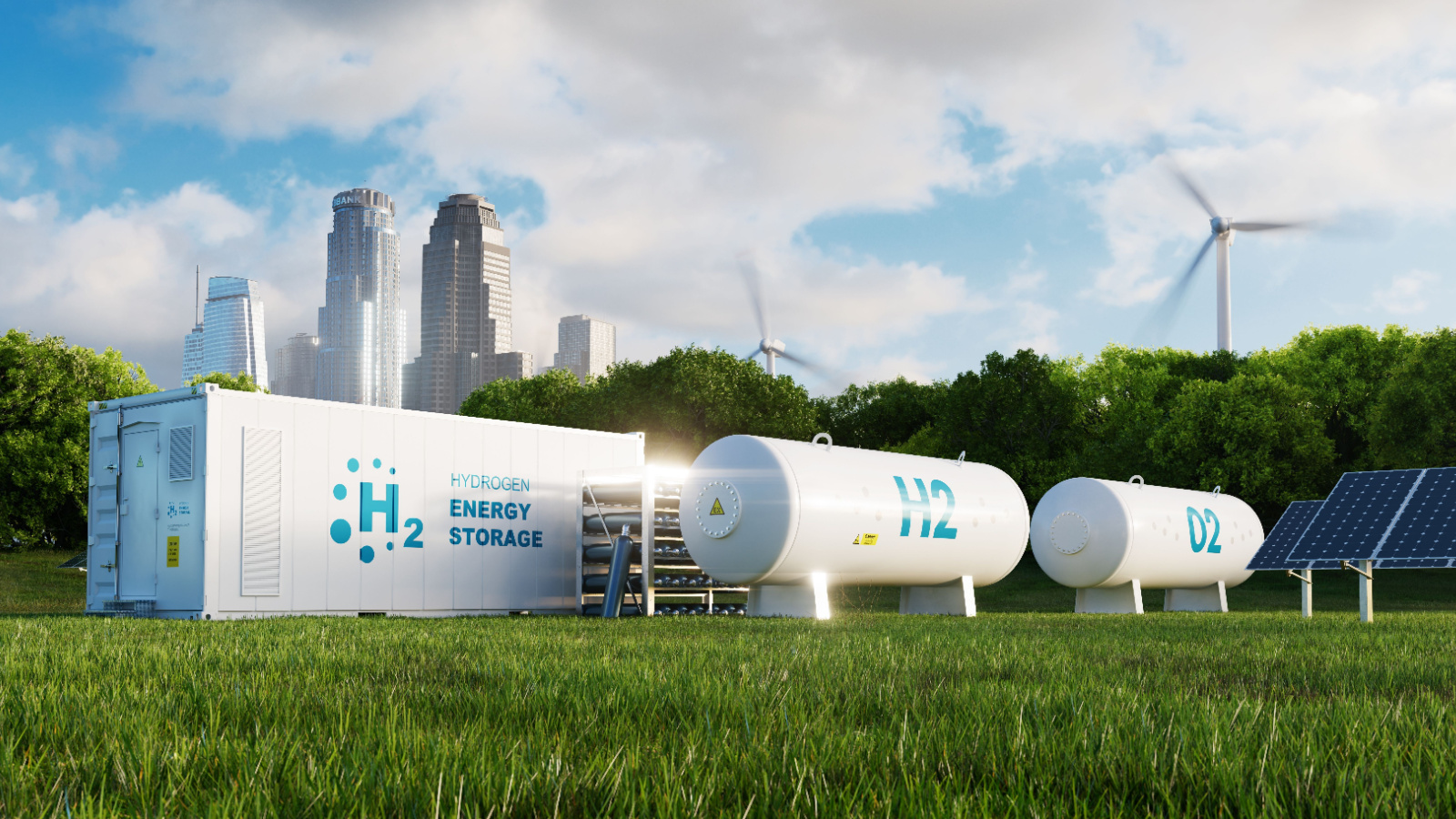
Hydrogen is emerging as the next big export story. Using clean hydro and wind power, Canada is developing large-scale electrolyzer projects in Alberta and Newfoundland. These hubs aim to supply both domestic industry and international markets in Europe and Asia. Government funding, combined with industrial partnerships, is driving rapid growth in production and storage facilities. The plan blends climate ambition with trade strategy, turning surplus clean electricity into a valuable fuel commodity. When fully operational, these hubs could make Canada a key player in global hydrogen logistics, complementing its traditional natural-resource strengths with new-energy exports.
Carbon Capture and Storage Expansion

The Pathways Alliance, composed of six major oil-sands producers, is building a multi-billion-dollar carbon-capture and storage network across Alberta. Pipelines will transport captured CO₂ to underground reservoirs for long-term containment. The system’s capacity could exceed twenty million tonnes per year, among the world’s largest. The initiative balances environmental accountability with industrial continuity, showing that heavy emitters can decarbonize without collapsing operations. By investing heavily in CCS, Canada is converting past liabilities into technological leadership. Lessons learned from this megaproject are expected to inform international carbon-management frameworks, influencing how major economies handle industrial emissions reduction strategies globally.
Microgrids in Remote Communities
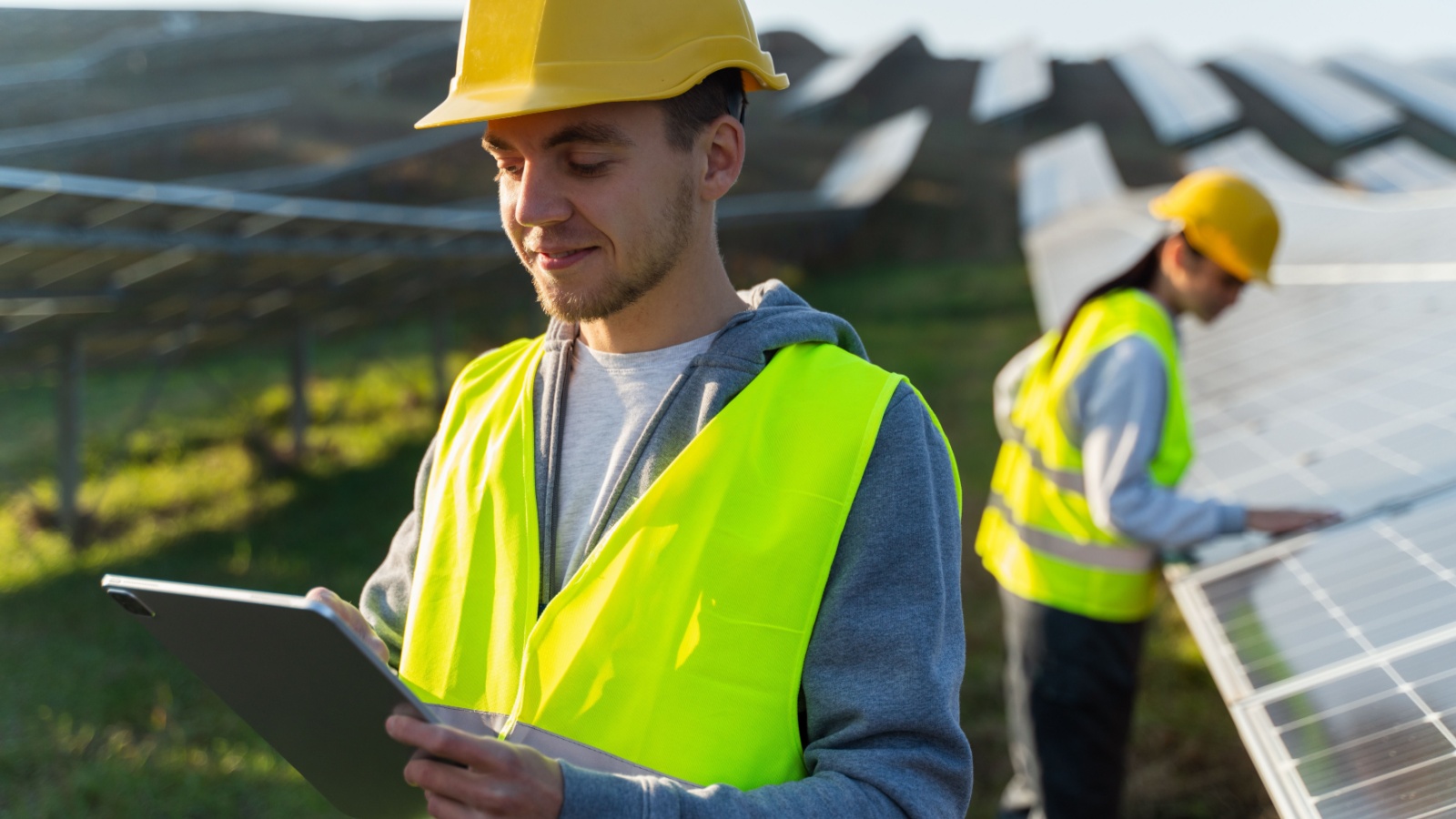
Hundreds of remote settlements rely on expensive diesel imports, but renewable microgrids are changing that. Wind, solar, and battery systems are now powering northern communities more sustainably. Projects in Nunavut and Yukon demonstrate how combining local ownership with clean technology cuts costs and pollution simultaneously. These decentralized grids prove that reliable renewable power is possible even in extreme climates. The expertise gained, designing systems for isolation, cold, and logistics, has commercial value abroad. Canada’s microgrid leadership could guide electrification in developing regions facing similar challenges, turning lessons from its remote north into scalable global-energy models.
Fusion and Next-Gen Research

Vancouver-based General Fusion is working on magnetized-target fusion, aiming for commercial demonstration before the decade ends. Supported by government grants and international partners, it’s among the few private fusion projects outside the United States or Europe. Canada’s involvement signals a willingness to invest in long-shot, high-impact research instead of sticking only to proven renewables. Success would redefine global power generation by producing vast clean energy without long-term waste. Even if timelines slip, the research infrastructure and skilled workforce established around such projects ensure that Canada remains embedded in the frontier of advanced-energy innovation worldwide.
Liquefied Natural Gas Exports

The first large-scale LNG shipment left Canada’s Pacific coast in 2025, opening routes to Asian markets. This diversification reduces dependence on U.S. pipelines and provides an interim supply for nations shifting away from coal. Projects like LNG Canada combine strict methane-emission controls with Indigenous partnerships to maintain social license. The exports fund infrastructure useful later for hydrogen or carbon-neutral fuels. While natural gas remains transitional, efficient liquefaction and strict regulations help reduce its footprint. Canada’s approach shows how responsible fossil exports can coexist with long-term decarbonization goals without stalling investment or employment opportunities.
Indigenous Partnerships in Energy Projects
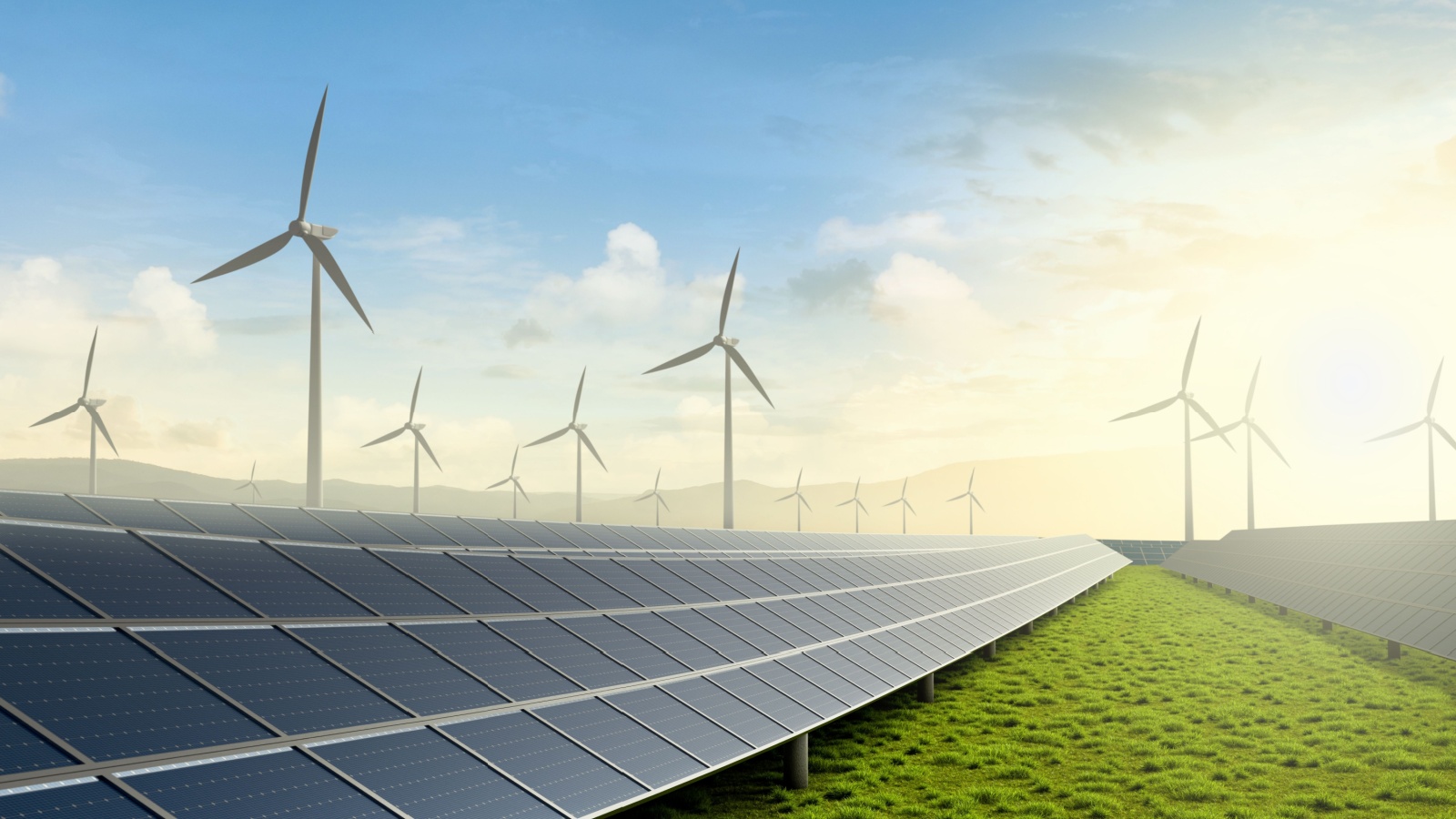
Indigenous communities are not spectators; they’re co-owners in hundreds of renewable and transmission projects nationwide. Equity partnerships in wind farms, hydro expansions, and solar microgrids ensure economic participation and cultural respect. This collaborative model strengthens reconciliation efforts while delivering tangible regional benefits. It also enhances project stability, since local ownership reduces opposition and boosts long-term stewardship. Canada’s Indigenous participation framework demonstrates that inclusion and profitability can align. For other countries, it provides a workable template for ethical energy transitions that balance community benefit with industrial progress, ensuring fairness as economies shift toward clean energy.
Energy Forecasting and Modeling Expertise

The Canada Energy Regulator produces detailed long-term forecasts through its “Energy Futures” reports, modeling scenarios toward net-zero 2050. These analyses guide investment, infrastructure planning, and public policy. By maintaining transparent, data-driven projections, the regulator builds trust among investors and researchers worldwide. Canadian consultancies use this modeling capability to advise foreign governments, exporting technical expertise beyond borders. Reliable data means smarter decisions and fewer stranded assets. Through open modeling tools and collaborative research, Canada helps shape how other nations simulate their transitions, spreading evidence-based planning instead of speculative policymaking across the global-energy community.
Clean-Technology Exports

Canadian engineering firms are designing and delivering renewable infrastructure projects abroad, from hydro turbines to grid-automation software. The domestic experience gained over decades allows them to compete internationally. Partnerships with development banks and foreign utilities extend Canada’s influence into Africa, Asia, and South America. These exports go beyond hardware; they include regulatory advice, training, and safety protocols. Such holistic exports give Canadian standards global reach. As clean-energy markets expand, this quiet diffusion of technology and governance ensures that Canada’s fingerprints appear in energy systems far from home, consolidating its status as a trusted innovation partner.
Policy Leadership and Equity Balance

Ranked highly on the World Economic Forum’s Energy Transition Index, Canada combines decarbonization with social stability and supply security. Federal and provincial governments coordinate policies that keep energy affordable while advancing climate goals. Emphasis on fairness, supporting low-income households and fossil-dependent workers, helps maintain public trust. This multidimensional balance distinguishes Canada from countries pursuing aggressive transitions without social cushioning. By prioritizing both economic inclusion and climate integrity, policymakers show that energy reform can succeed politically as well as technically. The framework has become a reference point for equitable transition planning across advanced and emerging economies alike.
Renewable-Investment Growth

Renewable investments continue to climb as institutional investors view Canada as a low-risk, high-yield environment. Solar, wind, and hydro portfolios deliver predictable returns due to stable long-term contracts and transparent regulation. These fundamentals attract pension funds and sovereign-wealth capital seeking consistent yields. Each new project drives down technology costs through economies of scale, further spurring demand. Beyond profit, investor confidence signals global readiness to replicate Canada’s financing models elsewhere. The combination of predictable returns and regulatory clarity is shaping how international markets price risk, accelerating capital flow into sustainable-energy assets worldwide.
Using Fossil Infrastructure for Transition
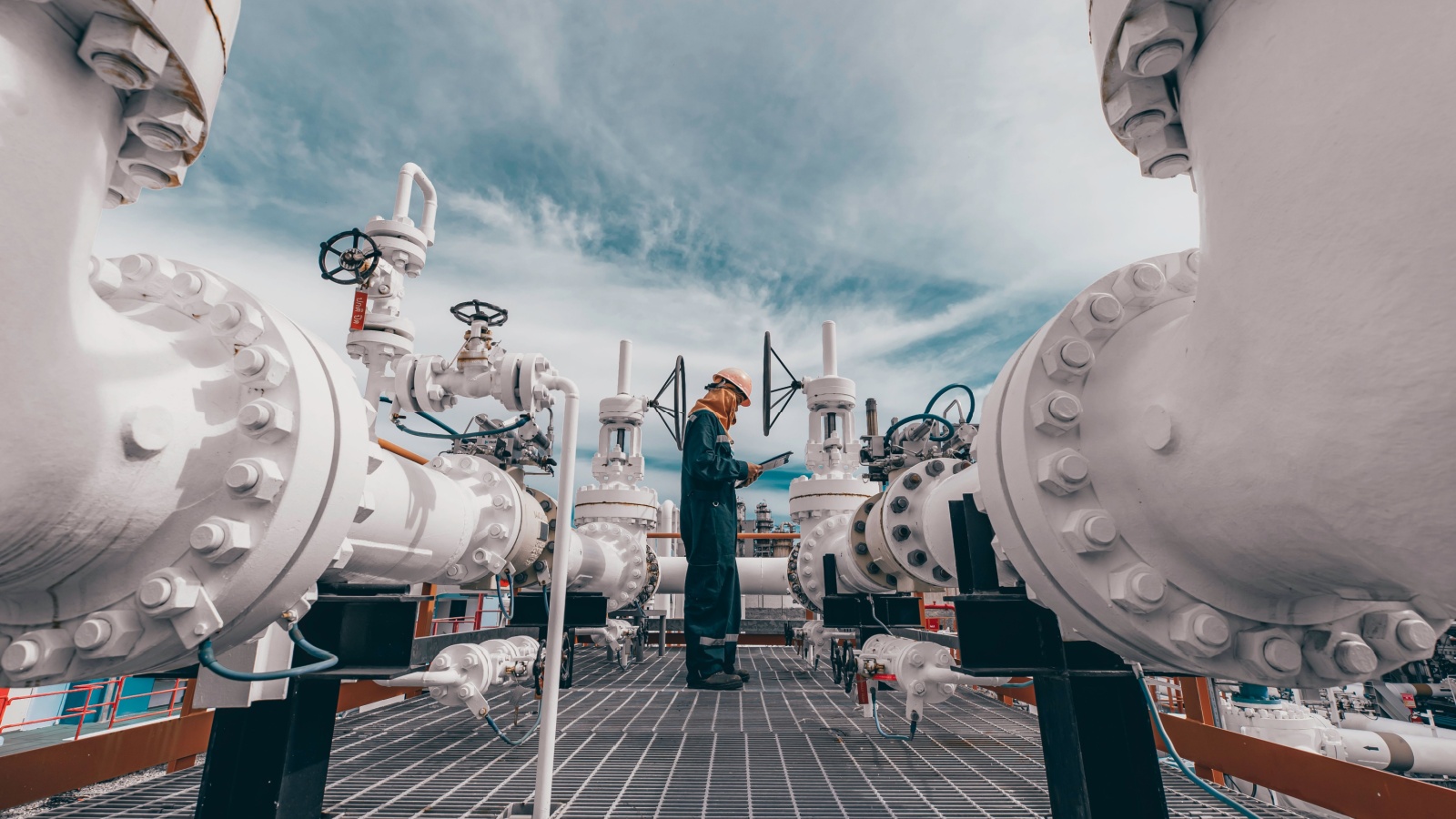
Instead of abandoning pipelines and processing plants, Canada is repurposing them for cleaner fuels and carbon transport. Converting existing assets saves billions and accelerates the deployment of CCS and hydrogen networks. This pragmatic method bridges old and new energy eras, showing that infrastructure can evolve rather than expire. Alberta’s repurposed pipelines now carry CO₂ for storage projects, while natural-gas facilities are testing hydrogen blends. This practical reuse reduces waste and prevents economic shock in fossil-dependent regions. The strategy demonstrates to the world that transitions can be gradual, efficient, and economically considerate without halting environmental progress.
Regional Energy Diversification

Each province develops its own strength: Quebec and British Columbia in hydro, Alberta in wind and solar, Saskatchewan in geothermal, and the north in microgrids. This regional mosaic spreads risk and encourages innovation tailored to local conditions. It also reduces transmission bottlenecks by matching resources with nearby demand. Decentralized experimentation allows policies to adapt faster, creating a living laboratory for new solutions. The diversity of provincial strategies ensures resilience against market or climate shocks. Observers abroad often study this federal-provincial balance as a real-world example of how large nations can manage diverse energy portfolios effectively.
Developing a Skilled Clean-Energy Workforce

Meeting transition targets requires trained professionals. Colleges and universities are expanding programs in renewable engineering, grid management, and environmental policy. Retraining initiatives help oil-patch workers move into new sectors such as battery production or carbon storage. By prioritizing workforce adaptability, Canada ensures the human side of the transition keeps pace with technology. Skilled labor is as crucial as infrastructure in building reliable systems. Graduates from these programs are already being hired abroad, effectively exporting Canadian expertise. Developing people, not just projects, makes the country’s energy transformation sustainable and replicable far beyond its borders.
Becoming a Global Clean-Energy Supplier
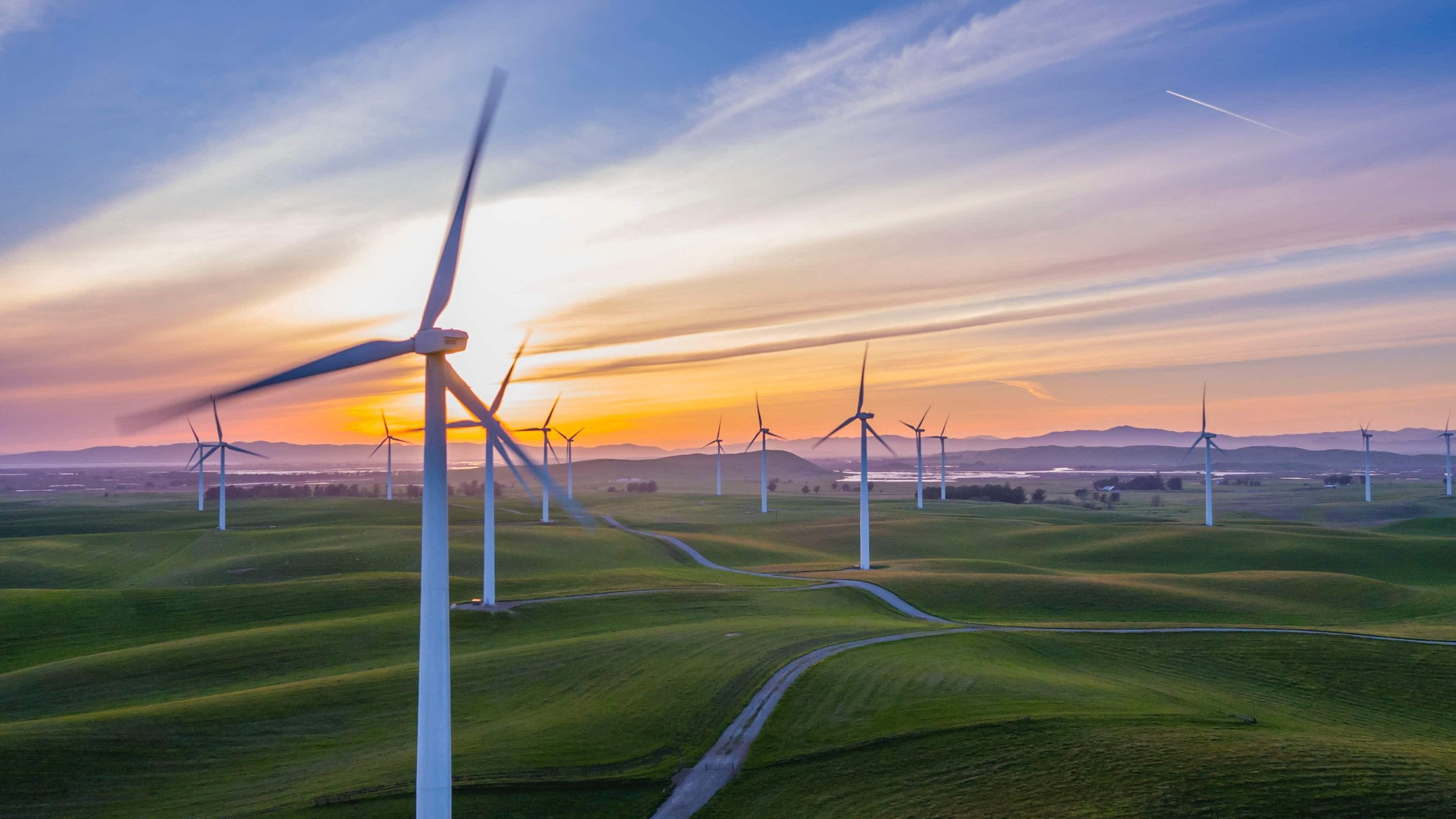
Government strategy now explicitly aims to make Canada a reliable supplier of secure, low-carbon energy to allies worldwide. Investments in carbon-tech, AI-driven optimization, and renewable exports reflect that ambition. Partnerships with Europe and Asia enhance Canada’s influence over emerging global-energy standards. Branding energy as “clean, stable, and Canadian” is strengthening trade diplomacy while diversifying the economy. This supplier role combines environmental responsibility with competitive advantage. By aligning climate leadership with commercial opportunity, the country transitions from resource exporter to strategic-energy partner, shaping international markets instead of merely reacting to them.
21 Products Canadians Should Stockpile Before Tariffs Hit

If trade tensions escalate between Canada and the U.S., everyday essentials can suddenly disappear or skyrocket in price. Products like pantry basics and tech must-haves that depend on are deeply tied to cross-border supply chains and are likely to face various kinds of disruptions
21 Products Canadians Should Stockpile Before Tariffs Hit
